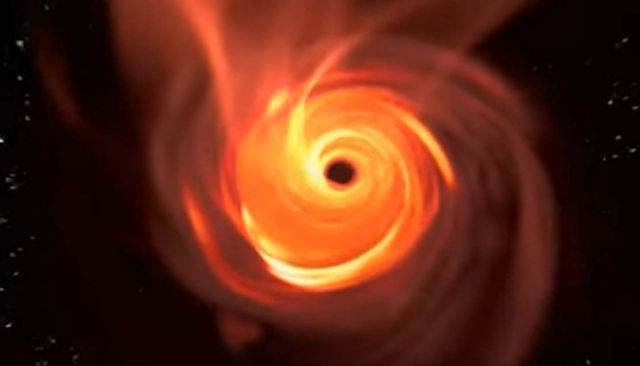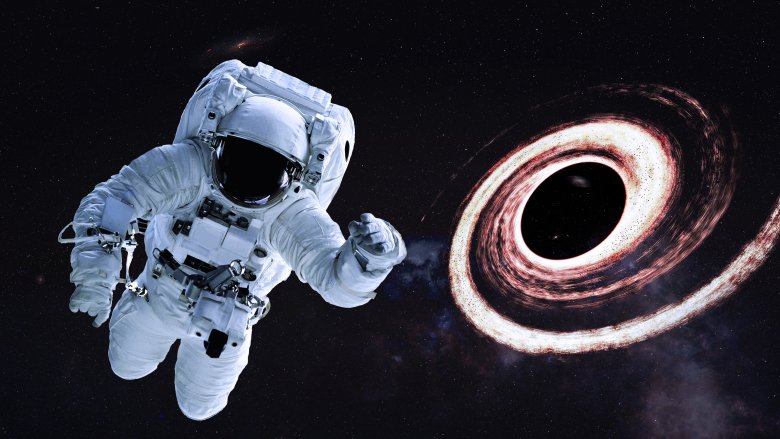

"Tidal forces are felt by an object when the force of gravity it experiences from some massive object is stronger on one of its sides than the other."ĭue to the extreme tidal forces, the astronaut will experience an effect aptly named " spaghettification"-essentially, they would be stretched out vertically, like spaghetti dough being stretched by a chef (but much more violent). "A stellar-mass black hole has such extreme tidal forces outside of its event horizon (an astronaut falling feet first would feel stronger gravity at their feet than their head) that our astronaut would be torn apart well before reaching the event horizon," Farr said. Perhaps counterintuitively, supermassive black holes may be safer to approach than stellar mass ones-at least in the short term.
#Fall into a black hole free
If you came too close to a black hole, you would be sent into a free fall towards the center, with the gravitational forces increasing as you get closer, creating a pulling force on your body.īut the experience of an astronaut approaching a black hole's event horizon, very much depends on its size. For a supermassive black hole the size of the one at the center of our galaxy, this figure is far larger-around 12 million kilometers (7.4 million miles). "This is the point at which the curvature of space caused by the black hole is so extreme that not even light, the fastest moving particles in the universe, can go anywhere but center of the black hole once it passes it."Īccording to Farr, the event horizon for a typical "stellar mass" black hole, say 10 times the mass of our sun, is about 30 kilometers (19 miles) from its center. "The 'point of no return' for black holes is the event horizon," Ben Farr, a physicist and gravitational wave astronomer at the University of Oregon, told Newsweek. What would happen, and how close is too close? So, let's imagine a hypothetical situation in which humanity has mastered interstellar travel (the closest black holes are thought to be thousands of light-years away) and an astronaut strayed too close to a black hole, either in a spacecraft or while spacewalking. What Would Happen if You Came Too Close to a Black Hole? Supermassive black holes can have masses ranging from millions to billions of solar masses. Stellar black holes tend to have a mass several times larger than our sun. The event horizon is named as such because it is impossible to observe any event taking place inside it.īlack holes come in two main size classes: stellar and supermassive (although recent research has revealed there may also be an intermediate class).

Surrounding this is a region known as the event horizon-the boundary beyond which nothing can escape due the extreme gravitational pull. What would happen if you fell into a black hole? iStockĪt the center of a black holes lies the singularity-a one-dimensional point where gravity is predicted to be infinite and the laws of physics as we know them break down. Stock image: Artist's illustration of an astronaut falling into a black hole.


 0 kommentar(er)
0 kommentar(er)
